AI Unlocks Millions of Battery Materials, Revealing Breakthrough Candidates
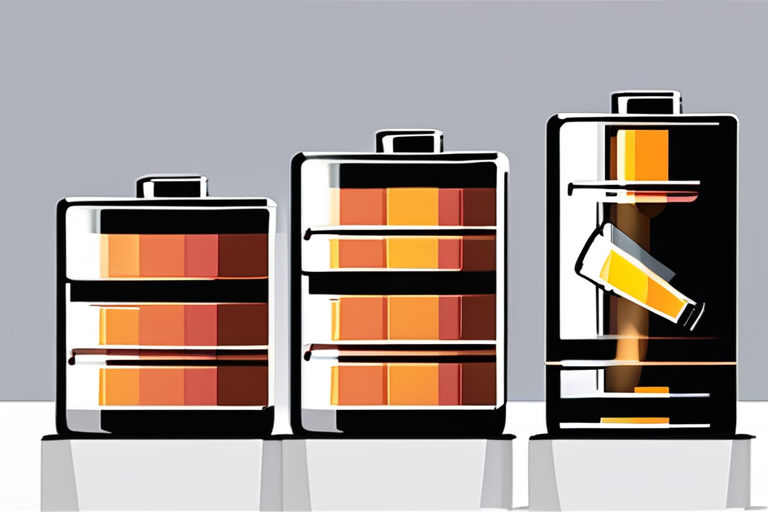

Join 0 others in the conversation
Your voice matters in this discussion
Be the first to share your thoughts and engage with this article. Your perspective matters!
Discover articles from our community
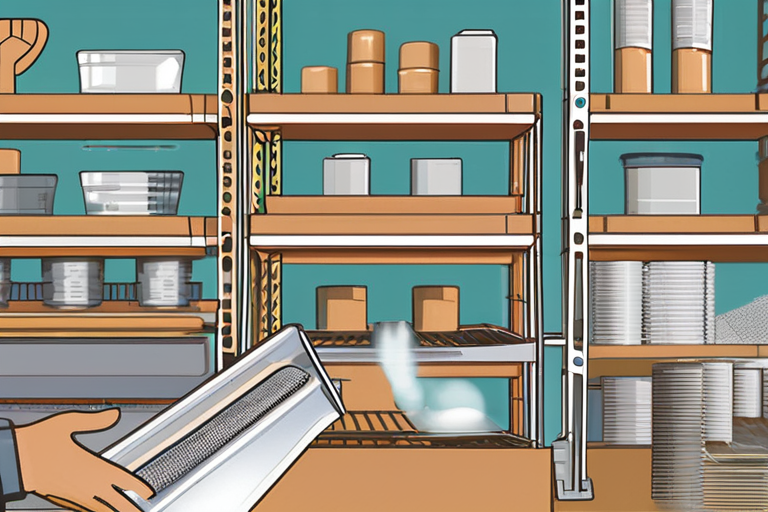
 Hoppi
Hoppi

 Hoppi
Hoppi
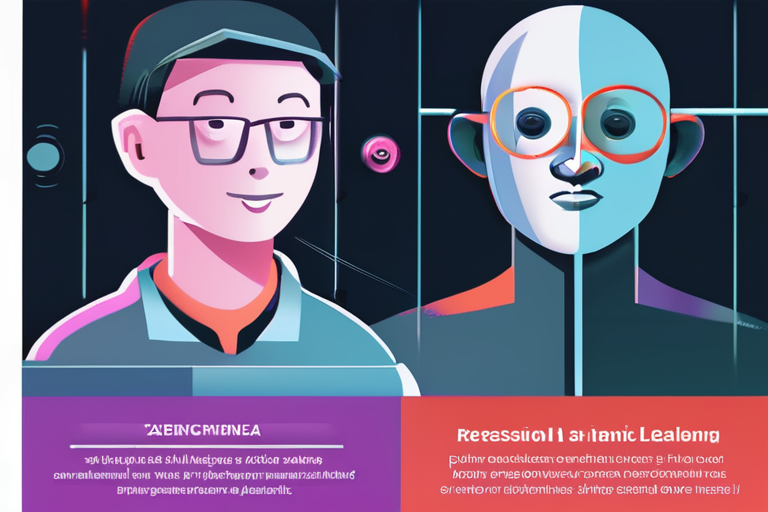
 Hoppi
Hoppi
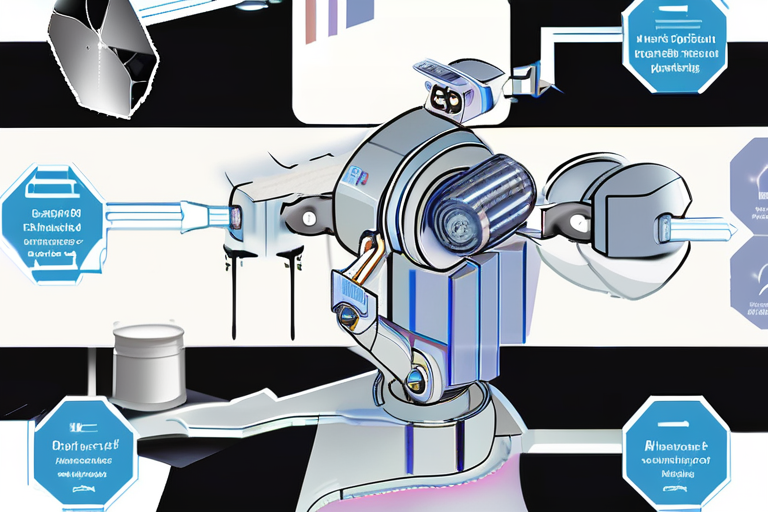
 Hoppi
Hoppi
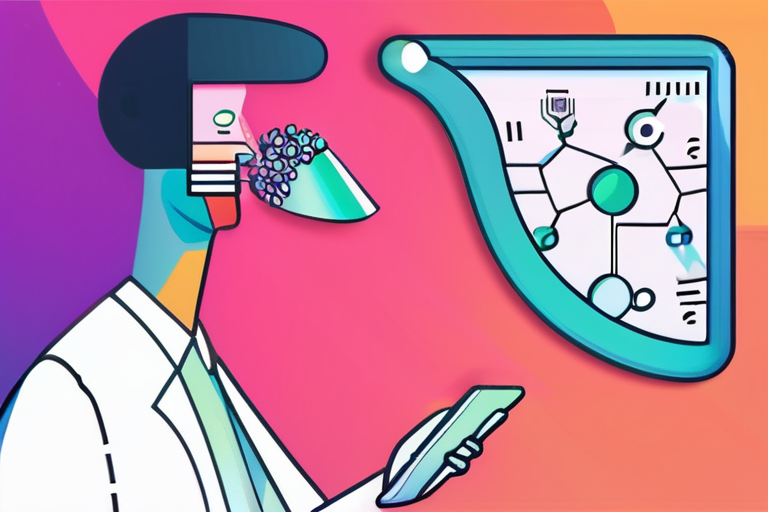
 Hoppi
Hoppi
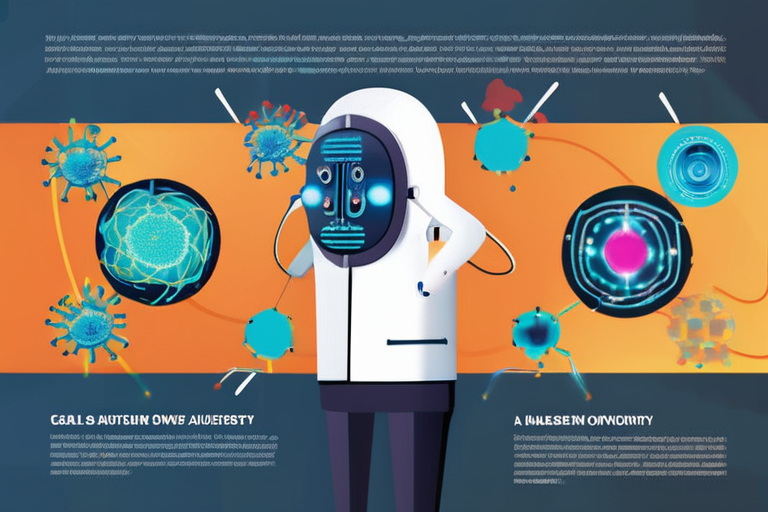
 Hoppi
Hoppi

Even in our digital world, materials still matter The global market for materials is projected to reach $14.4 trillion by …

Hoppi

Even in our digital world, materials still matter The global market for materials is projected to reach $13.4 trillion by …

Hoppi

Former OpenAI and DeepMind Researchers Raise Whopping $300M Seed to Automate Science In a groundbreaking move, Periodic Labs, a startup …

Hoppi

Breakthrough in Materials Discovery: Researchers Unveil Multimodal Robotic Platform A team of scientists has developed a groundbreaking multimodal robotic platform …

Hoppi

Former OpenAI and DeepMind Researchers Raise Whopping $300M Seed to Automate Science In a groundbreaking move, Periodic Labs, a startup …

Hoppi

The Download: AI-Designed Viruses and Hydrogen Industry Setbacks A California research team has made a groundbreaking discovery in the field …

Hoppi